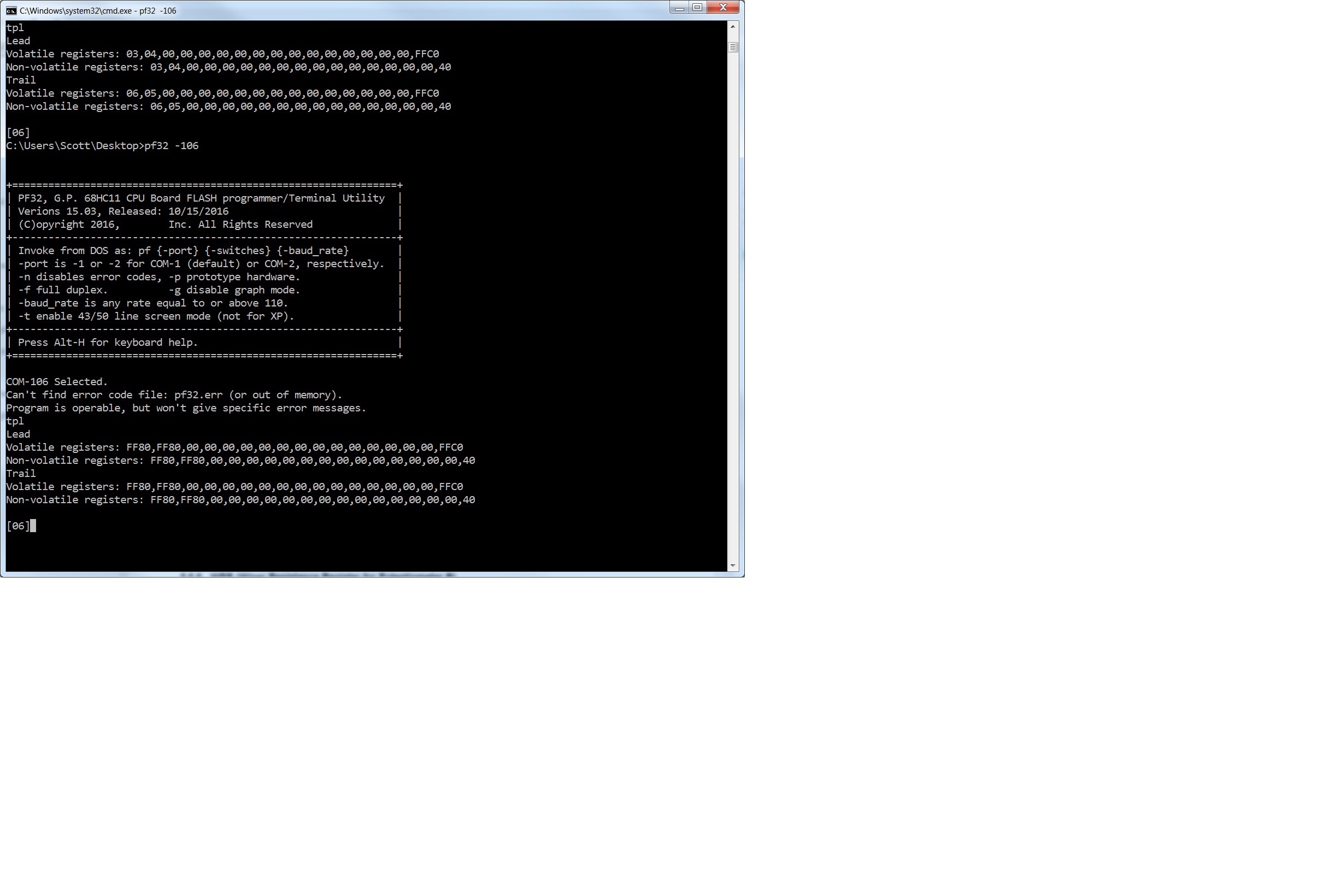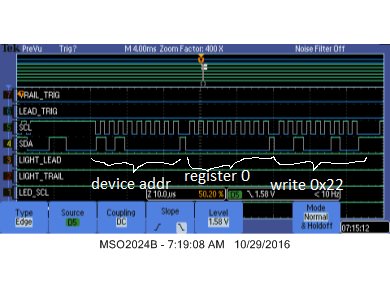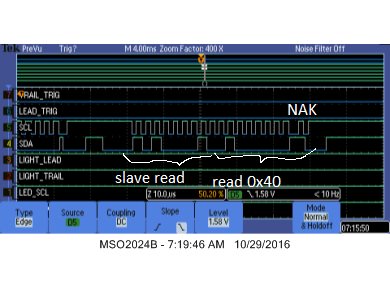Hi All,
I am using the TPL0102-100 in two identical circuits as potentiometers to provide a command voltage to two identical current sinks. There are two of these circuits on each PCB (two TPL0102 ICs controlling four current sinks).
Briefly: the system runs on 4.5-5V. The HA & HB pins are driven from the output of a voltage reference at 1.25V. The LA & LB pins are ground and the wipers are connected to the non-inverting inputs of LMV358s. The LMV358's are configured as current sinks driving the base of 2N3904 BJTs through a 1K resistor. The emitters of the 3904's are connected to ground through 10 ohm resistors and to the inverting side of the LMV358s. There are 100 nF capacitors on each wiper. The supplies, op-amps and TPL0102s are properly bypassed with 10 uF and several 100 nF ceramics.
I am able to program the pot resistance and the load current follows the pot settings. The test program allows me to adjust the volatile pot settings, then on command, copy the values into EEPROM for non-volatile storage. I am displaying both the volatile and non-volatile registers and see both sets of registers are properly set. After I set them (permanently), I disconnect power for several seconds and reapply power. Both the A&B pots on both chips have returned to their default values 0x80. One chip is strapped for address 0 the other for address 1. I am controlling the pots with their I2C interface. Both pins 1 & 8 are grounded. The entire system (pot, opamp, I2C controller runs on the same power-supply, although there is a 10 ohm sampling resistor between the I2C controller supply and the TPLs. The is less than a 1/2V difference between the supply levels and usually less than 200 mV. Do you think the supply differential could be causing the issue?
All comments welcome.
Thanks for your help.
Scott











